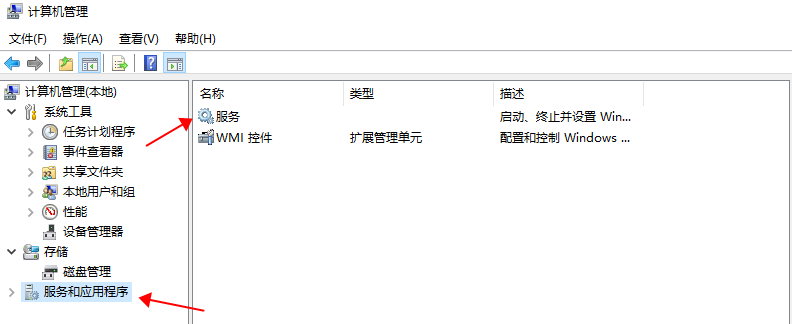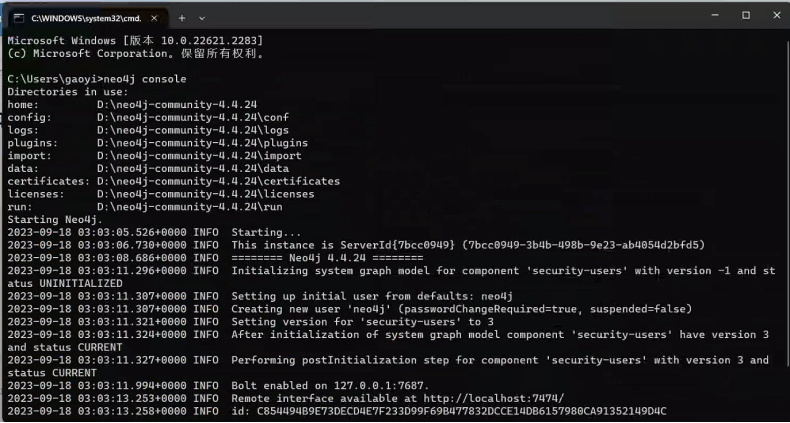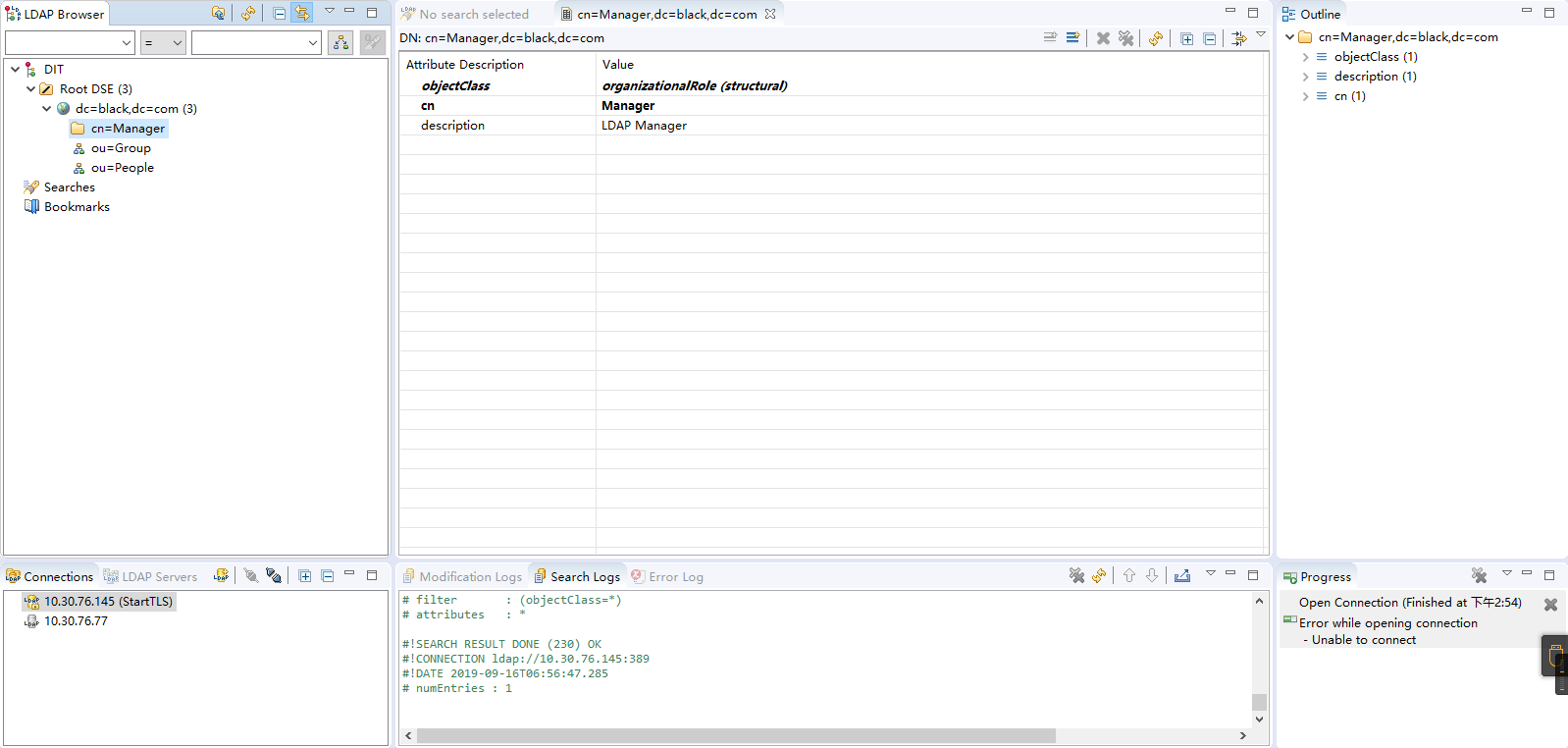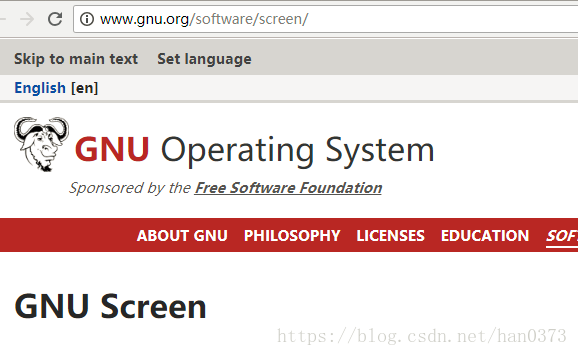Oracle 视图 DBA_COMMON_AUDIT_TRAIL 官方解释,作用,如何使用详细说明
本站中文解释
Oracle视图DBA_COMMON_AUDIT_TRAIL是SYS系统表格,其中记录了Common Audit Trail事件,每种事件都有定义的时间,用户,host名和用户类别。此视图显示发生在数据库中的所有登录或断开连接事件,以及其他数据库操作,例如语句执行,对象访问等。
使用DBA_COMMON_AUDIT_TRAIL视图,DBA可以监控数据库连接和操作及其跟踪,以鉴别流量模式以及可能的恶意行为。例如,DBA可以检查Associate的登录活动,以防止未授权访问,或者检查系统来确定异常行为。
官方英文解释
DBA_COMMON_AUDIT_TRAIL displays all standard and fine-grained audit trail entries, mandatory and SYS audit records written in XML format.
Note:
This view is relevant when using traditional auditing. Traditional auditing is deprecated in Oracle Database 21c. Oracle recommends that you instead use unified auditing, which enables selective and more effective auditing inside Oracle Database.
-
See Oracle Database Security
Guide for more information about unified auditing. -
See Oracle Database Upgrade
Guide for more information about migrating to unified auditing.
This view is populated only in an Oracle Database where unified auditing is not enabled. When unified auditing is enabled in Oracle Database, the audit records are populated in the new audit trail and can be viewed from UNIFIED_AUDIT_TRAIL.
| Column | Datatype | NULL | Description |
|---|---|---|---|
|
|
|
Audit trail type:
|
|
|
|
|
Numeric ID for the Oracle session |
|
|
|
|
Proxy session serial number, if an enterprise user has logged in through the proxy mechanism |
|
|
|
|
Numeric ID for the statement run; a statement may cause multiple audit records |
|
|
|
|
Numeric ID for the audit trail entry in the session |
|
|
|
|
Timestamp of the audited operation (timestamp of user login for entries created by |
|
|
|
|
Global user identifier for the user, if the user has logged in as an enterprise user |
|
|
|
|
Database user name of the user whose actions were audited |
|
|
|
|
Client identifier in the Oracle session |
|
|
|
|
Application execution context identifier |
|
|
|
|
User external name |
|
|
|
|
Operating system login user name of the user whose actions were audited |
|
|
|
|
Client host machine name |
|
|
|
|
Operating system process identifier of the Oracle process |
|
|
|
|
Identifier of the user’s terminal |
|
|
|
|
Instance number as specified by the |
|
|
|
|
Owner of the audited object |
|
|
|
|
Name of the object affected by the action |
|
|
|
|
Name of the Fine-Grained Auditing Policy |
|
|
|
|
Owner of the object named in the |
|
|
|
|
New name of the object after a |
|
|
|
|
Numeric action type code. The corresponding name of the action type is in the |
|
|
|
|
Name of the action type corresponding to the numeric code in the |
|
|
|
|
Auditing option set with the |
|
|
|
|
Transaction identifier of the transaction in which the object was accessed or modified |
|
|
|
|
Oracle error code generated by the action ( |
|
|
|
|
System change number (SCN) of the query |
|
|
|
|
Text comment on the audit trail entry, providing more information about the statement audited Also indicates how the user was authenticated:
|
|
|
|
|
Bind variable data of the query |
|
|
|
|
SQL text of the query |
|
|
|
|
Object privileges granted or revoked by a
A
|
|
|
|
|
System privileges granted or revoked by a |
|
|
|
|
Indicates whether the role or system privilege was granted with the |
|
|
|
|
Operating privilege ( |
|
|
|
|
Name of the grantee specified in a |
|
|
|
|
System privilege used to execute the action |
|
|
|
|
Session summary (a string of 16 characters, one for each action type in the order
|
|
|
|
|
Timestamp of user log off |
|
|
|
|
Number of logical reads in the session |
|
|
|
|
Number of physical reads in the session |
|
|
|
|
Number of logical writes for the session |
|
|
|
|
Number of deadlocks detected during the session |
|
|
|
|
Amount of CPU time used by the Oracle session |
|
|
|
|
Name of the edition containing the audited object |
|
|
|
|
Database identifier of the audited database |
|
|
|
|
Stores virtual private database (VPD) policy names and predicates separated by delmiter |
|
|
|
|
Effective user for the statement execution |
Note:
The SQL_BIND and SQL_TEXT columns are only populated if the AUDIT_TRAIL initialization parameter is set to db, extended or xml, extended or if the AUDIT_SYS_OPERATIONS initialization parameter is set to TRUE.
See Also:
-
“AUDIT_SYS_OPERATIONS”
-
“AUDIT_TRAIL”






